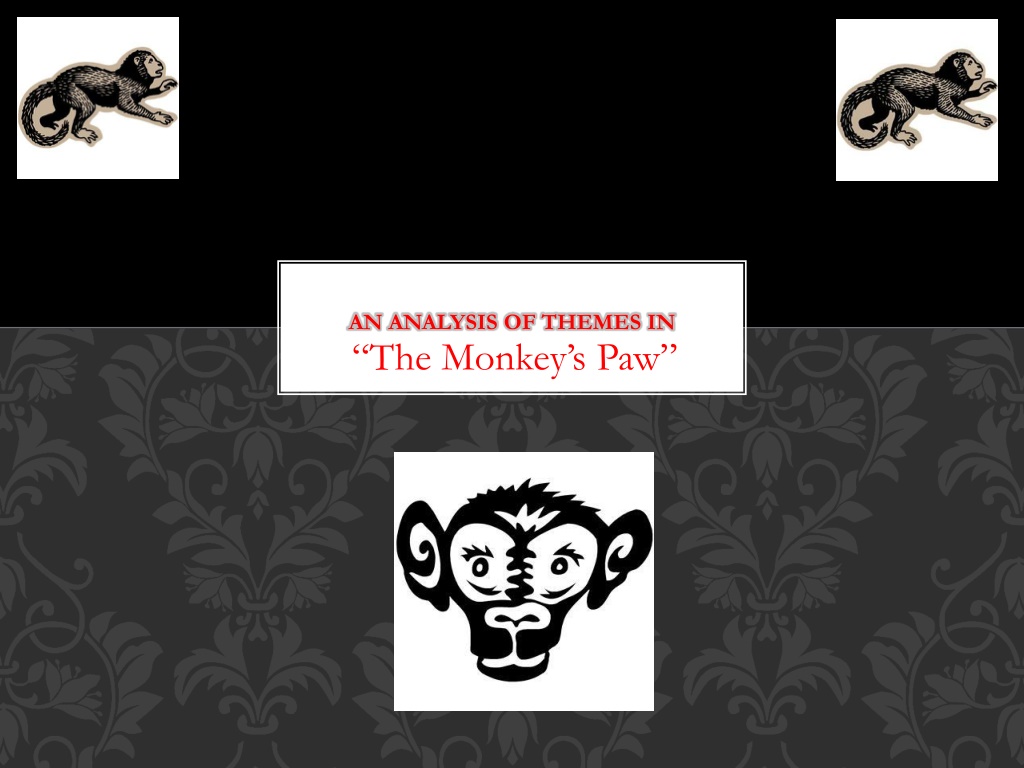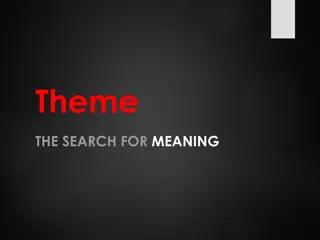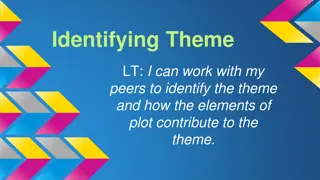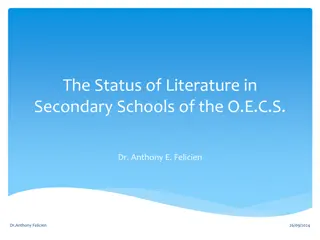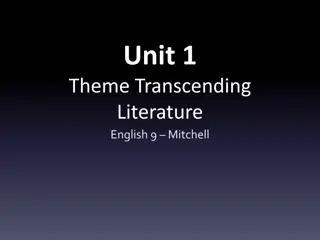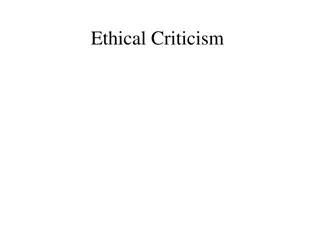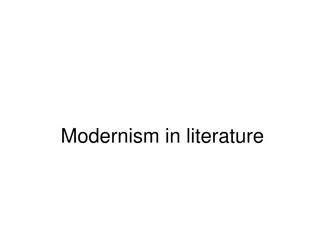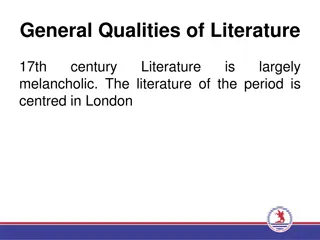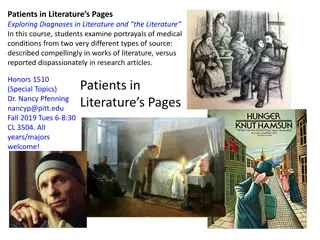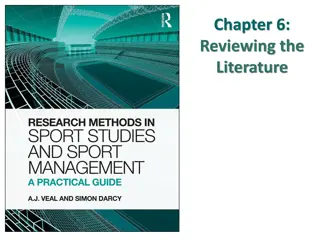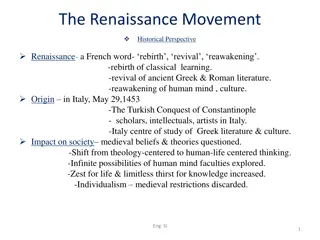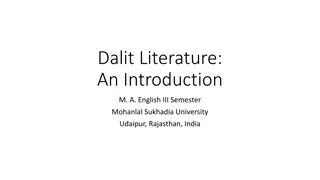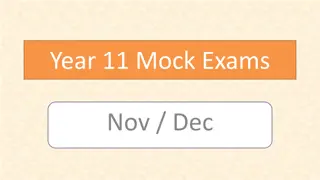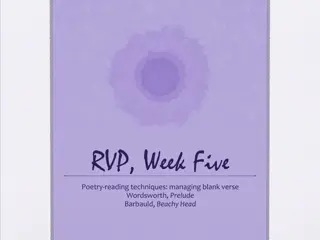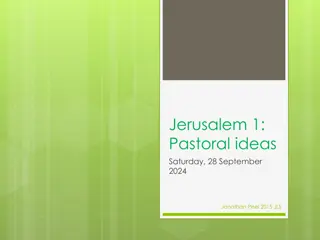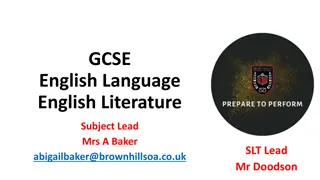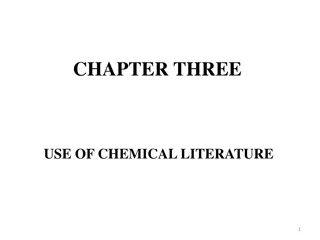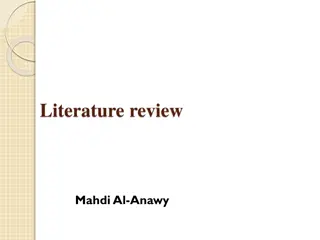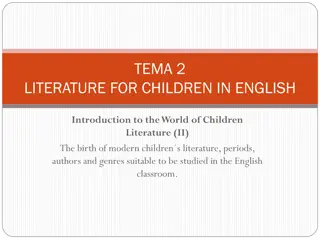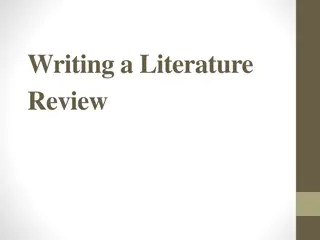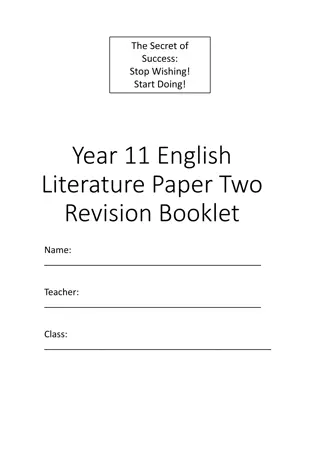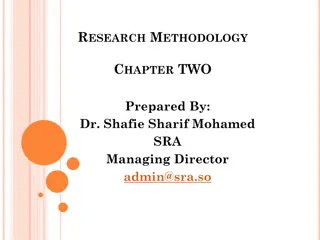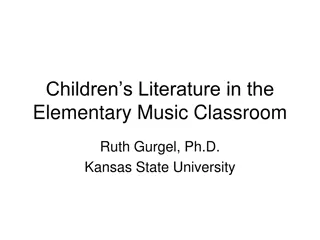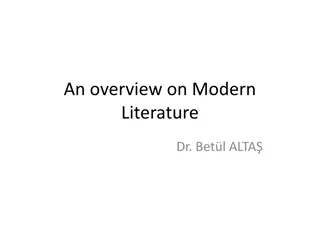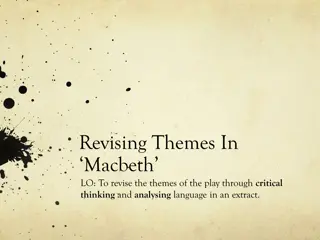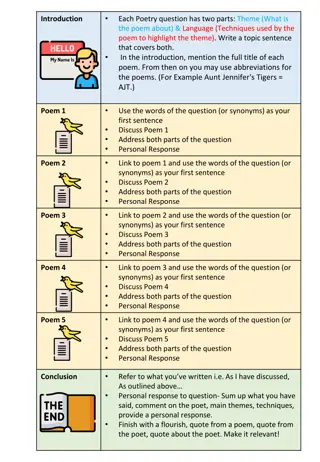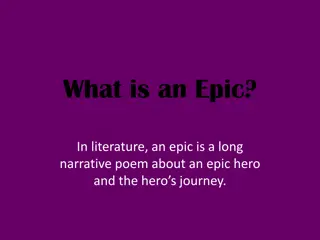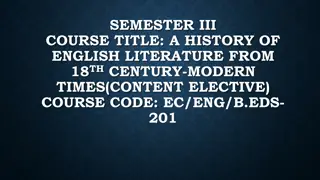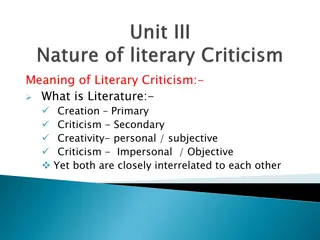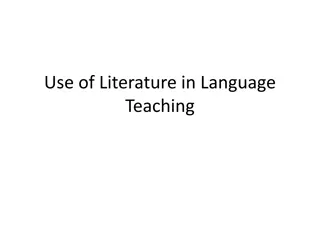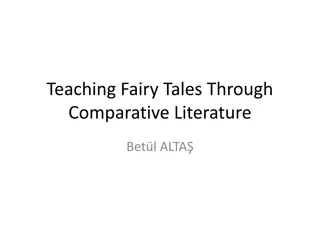Exploring Themes in Literature: Insights and Examples
Themes in literature encompass central ideas that provide insight into universal human experiences. Writers convey their perspectives on topics like love, power, survival, good vs. evil, and more, examining how these themes relate to life and human nature. Through close analysis, readers can uncover hidden meanings and messages within literary works, exploring the nuanced layers of major and minor themes that shape the narrative.
Download Presentation

Please find below an Image/Link to download the presentation.
The content on the website is provided AS IS for your information and personal use only. It may not be sold, licensed, or shared on other websites without obtaining consent from the author. Download presentation by click this link. If you encounter any issues during the download, it is possible that the publisher has removed the file from their server.
E N D
Presentation Transcript
AN ANALYSIS OF THEMES IN The Monkey s Paw
THEME It can be called a central idea(s) of a literary work. This central idea(s) is broad enough to cover the entire scope of the literary work. This central idea(s) (sometimes called the big ideas) usually deals with universal human experience. Through themes, writers try to give readers insight into a topic as to how the world works or it helps a writer explain how they view human nature.
THEME Theme can be approached by considering: 1. What readers think the literary work is about (the topic or topics) 2. What the literary work says about the topic(s). In other words: How the writer explains a topic in relation to life or human nature.
TOPICS Some Examples of Topics Found in Literature: Revenge Jealousy Isolation Loneliness Power Survival Loss of Innocence Dreams Coming of age Good versus evil Individual versus society Knowledge versus ignorance Technology in society- good or bad? Love Friendship War
THEME To Determine Themes: Examine the literary work closely to determine what the writer might be saying about a topic in relation to life or human nature. What insights about life or human nature are revealed? Think about what statement the author is making about people, social awareness, society, government, or life itself. For example: If love is a topic, what might the writer be saying about love and human nature through the plot, characters actions and experience, or perhaps through the problems and solutions in the story? One possibility: Love overcomes all obstacles.
THEME Again: Examine the literary work closely to determine what the writer might be saying about the topic in relation to life or human nature. If dreams (goals) are a topic, what might the writer be saying about dreams and human nature through the plot, characters actions and experience, or perhaps through the problems and solutions in the story? One possibility: Human beings give meaning to their lives by creating and pursuing dreams.
THEME A piece of literature does not always have to have a theme. If a piece of literature has a theme, it likely has multiple themes (major and minor themes). Themes are typically not directly stated by the writer. The reader has to carefully examine the story, the plot, the characters, etc. and make inferences.
MORAL Themes and morals are not the same thing. A moral is a message conveyed by the writer or a lesson to be learned. A moral often will tell the reader how to behave. It might give practical advice the reader can apply to their life. It might also convey a message on what behaviors are good or bad. Examples: Lying is bad. Slow and steady wins the race. It is not always wise to take people at their word. Look before you leap.
TIPS Tips for help on determining a theme or a moral: Examine the plot, as well as any conflicts and resolutions (problems and solutions) in the story. Examine the characters and their actions closely. Examine how a character dealt with conflicts in order to resolve a situation. Analyze how the characters have grown or changed. Analyze how characters influence or relate to other characters. Especially for morals: Think about what the characters did right or wrong and what the reader might learn from the character s experience.
SUPPORT Once we have our theme(s), we need to find support. Support can be: 1. Something said by a character 2. The way a character reacts to an obstacle 3. The circumstances that a character finds himself or herself in But above all: Our support will need to be a quotation
GOOD SUPPORT Good support includes: Information about the theme, either adding more complexity or answer questions regarding a theme Information about characteristics of a protagonist, antagonist, etc. Information about the setting beyond what is found in the exposition.
LETS REVIEW SOME THEMES FROM THE MONKEY S PAW What are some themes in the Monkey s Paw? What evidence can you find that supports those themes? How does the author deal with the situations and issues those themes cause? How does the author s handling of those themes affect the way the reader feels about the story?
